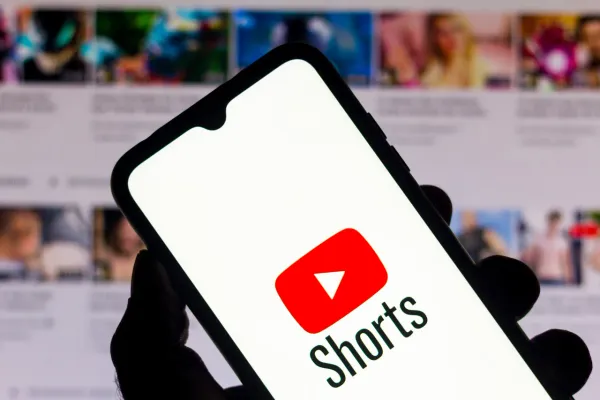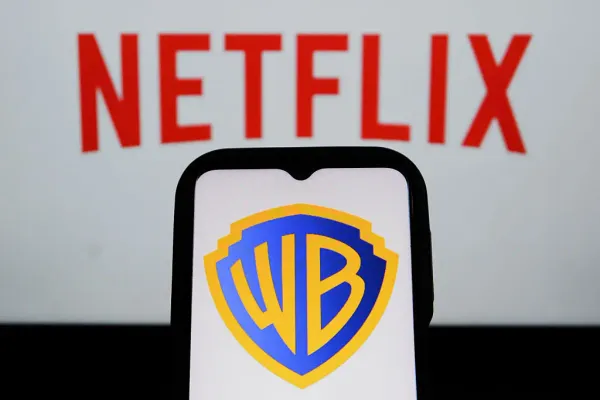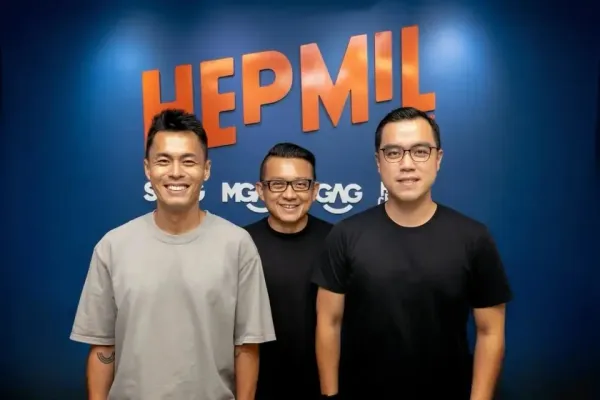What CMOs Can Learn from DeepSeek and the Global AI Arms Race
Here are five key marketing lessons from DeepSeek’s rise in the AI game to stay ahead in an evolving global market.
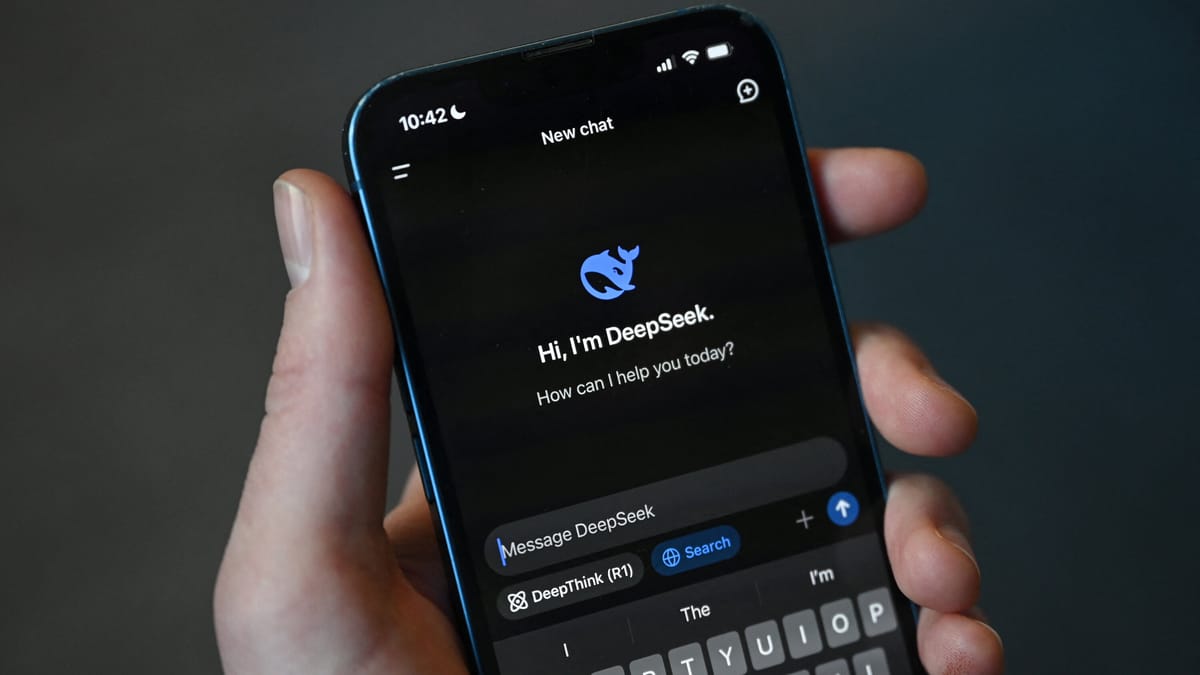
The seemingly overnight rise of DeepSeek, a Chinese AI company that industry stakeholders and pundits say may be able to unseat US-based OpenAI as the world's leading contender, offers valuable insights for global marketers.
As the tech accelerates, marketers can extract lessons from how AI companies innovate, position themselves, and create seismic public discourse shifts in their markets. Here are five key takeaways CMOs may want to consider.
1. Speed and Agility Can Contend with Scale
DeepSeek was relatively unknown a year ago, yet it quickly became a major AI player by launching powerful large language models that rival industry leaders like OpenAI. The firm rapidly disrupted AI by leveraging cost-efficient innovation and open-source strategies, proving that speed and smart execution can outpace today's giants. The takeaway for marketers? Agility and speed can be equally, if not more, essential than size and scale.
For CMOs: Stay ahead by experimenting with rapid iterations in campaigns, messaging, and creative execution. Instead of waiting for perfection, deploy minimum viable campaigns, analyze real-time feedback, and optimize quickly.

Case study: Spotify enjoys both market dominance in audio streaming and (arguably in large part because of) a history of rapid iteration. By leveraging AI to provide hyper-personalized playlists and baking the function into its signature "Discover Weekly," Spotify was able to increase user engagement by 60% and saw a 25% uplift in premium subscriptions.
2. Open-Source Thinking Sparks Customer Engagement
Unlike many AI companies that protect their models with strictly closed systems, DeepSeek made the bold move to open-source its AI, fostering collaboration and attracting a global community of users. This helped it outpace OpenAI at 3% of the cost.
For CMOs: Consider how your brand can embrace open-source thinking. Whether it’s co-creating content with customers, launching user-generated content campaigns, or sharing behind-the-scenes processes, transparency and community-driven innovation can drive engagement.

Case Study: LEGO Ideas allows customers to submit new design ideas in exchange for a 1% royalty on worldwide sales, with winning designs becoming official LEGO sets. This has resulted in a significant increase in brand engagement and multiple million-dollar product launches.
3. Localization is Everything
DeepSeek emerged as a significant force because it developed AI that understands the cultural and linguistic nuances of its primary market, China, while also competing globally. Many Western AI models struggle with this deep level of localization.
For CMOs: Marketers can apply this by ensuring their campaigns resonate culturally. Instead of one-size-fits-all messaging, lean into hyper-localized content that reflects the unique preferences, dialects, and traditions of specific markets.

Case study: In the Hindu-majority market of India, McDonald's localized its menu by introducing non-beef options like the McAloo Tikki, catering to cultural preferences. The strategy was a hit and helped revolutionize the Indian fast-food industry. Today, McDonald’s in India has more than 320 million customers per year.
4. Cost Efficiency Can Disrupt Incumbents
DeepSeek’s rise was also a testament to cost-efficient innovation. It optimized its AI training models using software-driven efficiency rather than relying on expensive high-end hardware.
For CMOs: Marketers can learn from this by using AI-powered tools to enhance campaign efficiency. AI can streamline content creation, optimize ad spend, and improve conversion rates while lowering costs.

Case study: TikTok famously leveraged AI-driven content recommendations to challenge YouTube and Instagram, achieving over 1 billion monthly active users by 2021. In this way, it was able to reshape digital entertainment consumption and the marketing industry as we know it.
5. Challenger Brands Can Outmaneuver Market Leaders
DeepSeek’s rapid rise challenges dominant players like OpenAI, Google, and Anthropic, proving that even industry leaders can be disrupted.
For CMOs: Marketers should consider how they can position themselves as challengers, even in crowded markets. This means leveraging unique angles, storytelling, and authenticity to stand out.
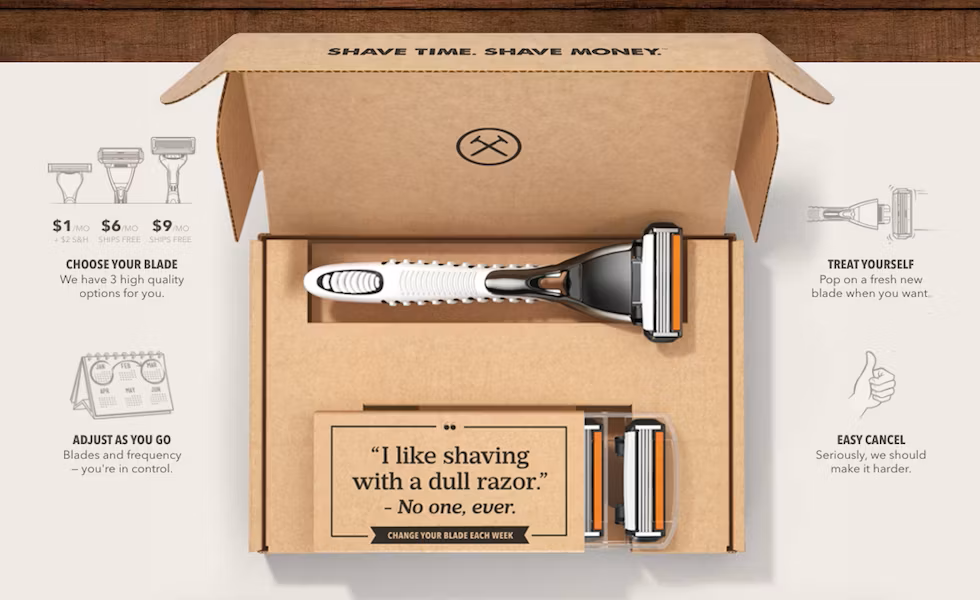
Case study: Dollar Shave Club disrupted the razor industry by using direct-to-consumer branding and viral marketing, leading to a US$1 billion acquisition by Unilever after capturing a significant share of the online razor market.
The rapid evolution of AI isn’t just a tech story—it’s a blueprint for how brands and CMOs can innovate, disrupt, and engage audiences in new ways. Those who embrace speed, open collaboration, localization, cost-efficient strategies, and challenger positioning will earn the right to continue competing.
Want to stay up-to-date on the stories shaping Asia's media, marketing, and comms industry? Subscribe to Mission Media for exclusive insights, campaign deep-dives, and actionable intel that reveal how craft, culture, and commerce move markets.



